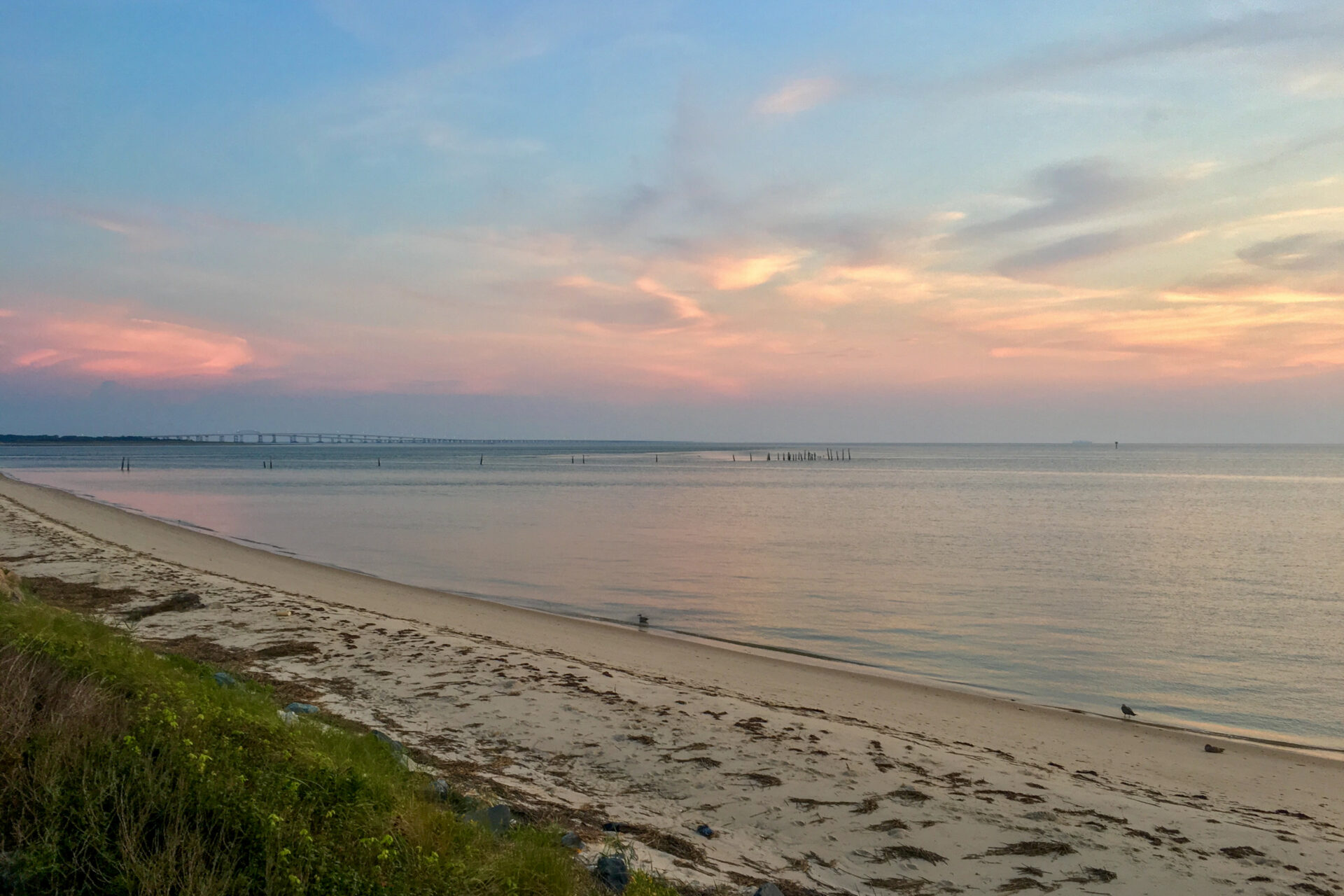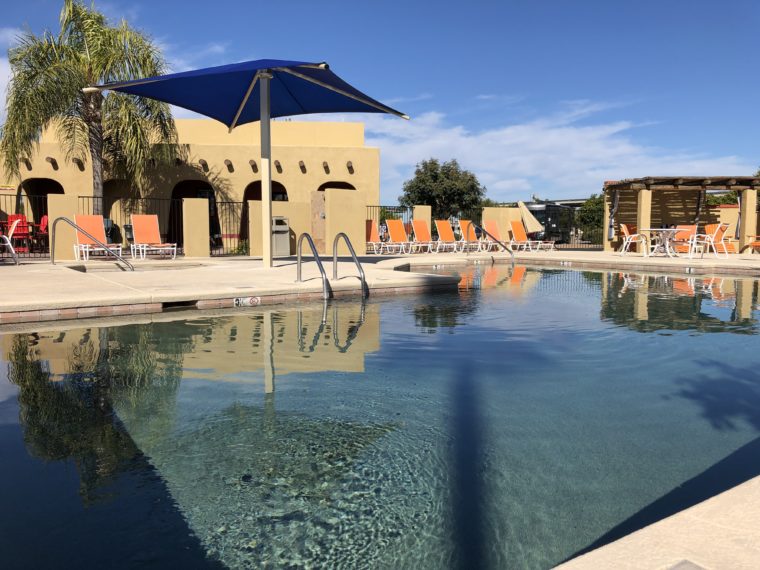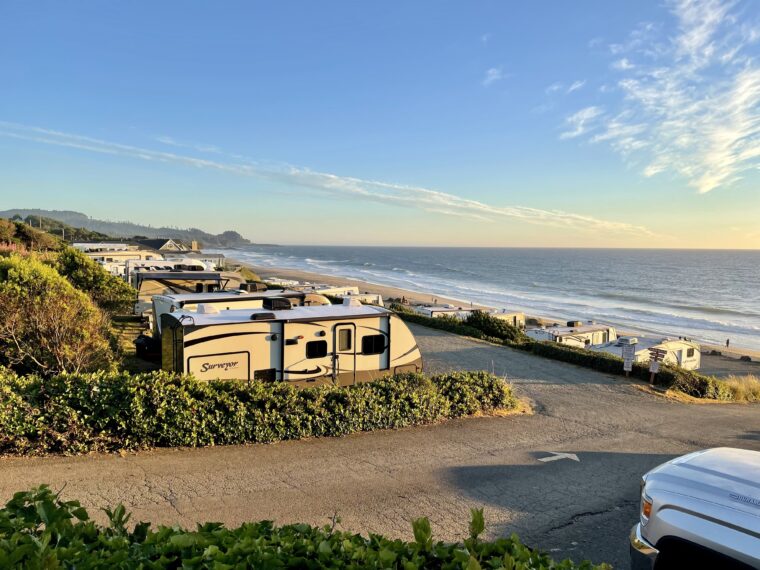The Chesapeake Bay is an ecological wonder. The third largest estuary on the planet, the Bay stretches for more than 200 miles, cradled by Maryland and Virginia, and edged by more than 11,680 miles of tidal shoreline. A highly-productive ecosystem, the massive estuary harbors more than 3,600 species of animals and plants, including rare marine creatures like Atlantic sturgeon, basking sharks, and North Atlantic right whales.
Of course, the Chesapeake Bay is also an economic powerhouse, churning out more than 500 million pounds of seafood a year, most famously, blue crabs and oysters. For roadtrippers, one of the best ways to experience the country’s largest estuary—and catch stunning sunrises and sunsets—is by camping bayside.
Where to Go RV Beach Camping in the U.S
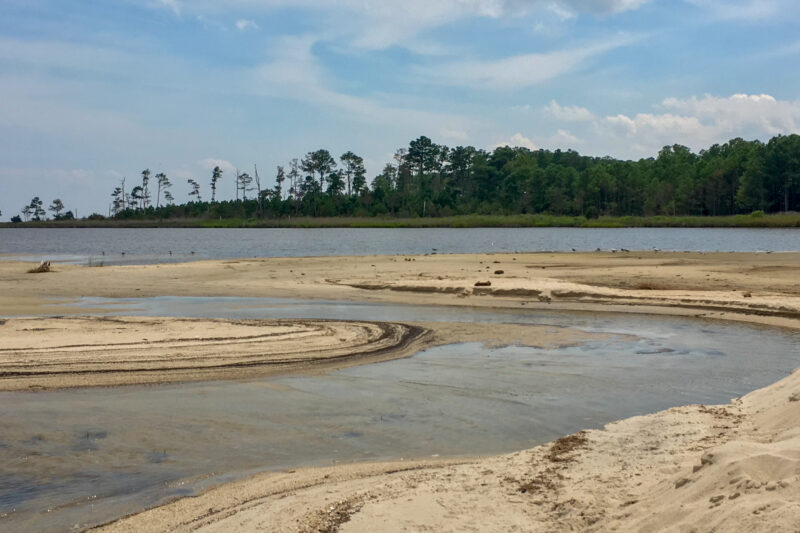
1. Kiptopeke State Park
Covering the southern tip of the Delmarva Peninsula, Kiptopeke State Park was a hub for ferries crossing the Chesapeake Bay in the 1940s and ’50s. The fleet of concrete ships sunk just off the park’s beach is a lingering reminder of this period, as they now serve as artificial reefs, regularly frequented by roosting brown pelicans. Nestled along the lower portion of the Chesapeake Bay, Kiptopeke State Park’s landscape makes it a hub for birdlife, especially during spring and fall migrations. The protected area has even hosted banding stations for both songbirds and raptors.
Beyond the birds, there are two seasonal swimming beaches, kayak and stand-up paddleboards available for rent, and more than 5 miles of trails threading the park’s dunes, along with access to the 5-mile Southern Tip Bike & Hike Trail, linking the park to the Eastern Shore of Virginia National Wildlife Refuge. There’s also ample space for campers, with more than 140 campsites spread over three loops, including 27 sites with full hookups for RVs up to 40 feet, and 66 sites with electric and sewer hookups. Accommodations are available from March to December, and the pet-friendly campground also features bathhouses for campers.
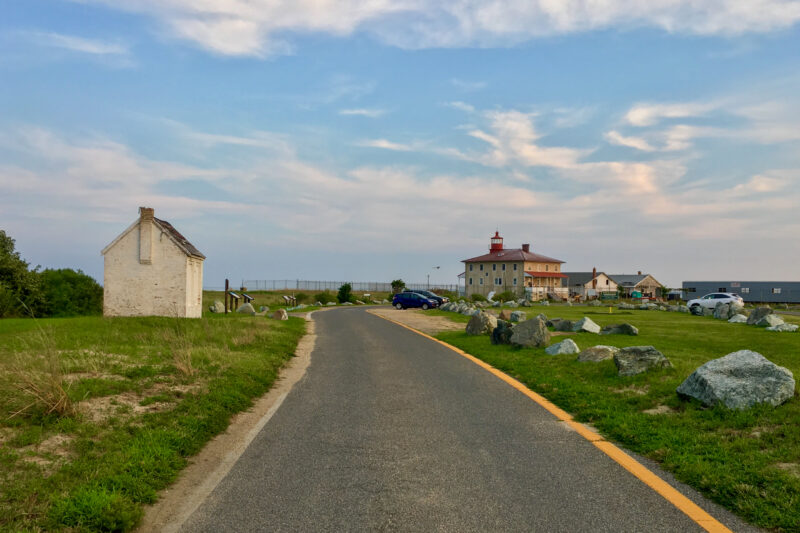
2. Point Lookout State Park
Spread over a sliver of land in Southern Maryland, where the Potomac River meets the Chesapeake Bay, Point Lookout State Park is a repository of regional history, still steeped with local lore. The peninsular park covers a strait explored by Captain John Smith, and later bombarded by British troops during the American Revolution and the War of 1812. Plans to turn the isthmus into a resort were derailed by the Civil War, and instead, Confederate captives were housed in a prison camp on Point Lookout.
Today, there are reminders of the location’s turbulent history—including the Point Lookout Lighthouse. Constructed in 1830, the lighthouse was operational for more than 135 years, and unexplained phenomena have often been reported in the structure, earning it the title of America’s Most Haunted Lighthouse.
Chasing Ghosts and State Parks on Maryland’s South Shore
Beyond its reputation for otherworldly happenings, the park has plenty to entice outdoor lovers—including a seasonal swimming beach on the Bay, three fishing areas, a nature trail perforating the marshland, and three paddling routes showcasing Point Lookout Creek, Lake Conoy, and the park’s southernmost tip (canoe rentals are available from May to October).
The park’s extensive camping facilities make it easy for visitors to explore Point Lookout after sunset. Five separate loops offer 26 campsites with both water and electric hookups, and 33 sites with electric hookups—including spots edging Lake Conoy. The campground also features an on-site Civil War Museum and Nature Center.
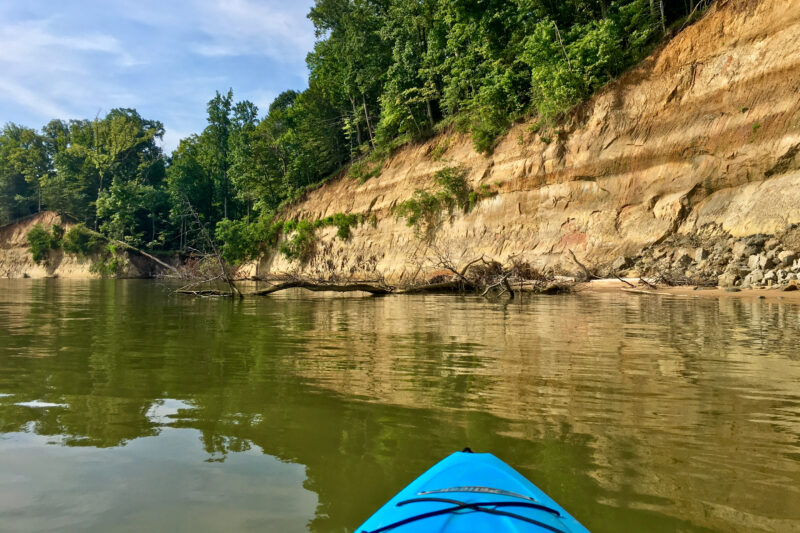
3. Westmoreland State Park
Situated along the northwestern edge of Virginia’s historic Northern Neck Peninsula, a wedge of land bounded by the Chesapeake Bay and the Potomac and Rappahannock rivers, Westmoreland State Park is a strategic basecamp for touring a region rich in history and natural assets. Presidents George Washington and James Monroe were both born near the park, and their homes have been preserved as the George Washington Birthplace National Monument and the James Monroe Birthplace Park & Museum.
Westmoreland State Park itself has also earned a place on the National Register. One of Virginia’s original six state parks, the protected area opened in the summer of 1936 and still boasts features constructed by the Civilian Conservation Corps during the Great Depression, like Rock Spring Pond and the park’s 1.8-mile Fitness Trail. Hikers can also trek to Horsehead Cliffs, a bluff towering more than 150 feet above the lower Potomac River. Below the cliffs, the Big Meadows Trail leads to Fossil Beach, a stretch of sand scattered with prehistoric shark teeth.
Hikers and paddlers have a good chance of spotting bottlenose dolphins. And fortunately, it’s easy to get on the water as the park’s boathouse rents both kayaks and stand-up paddleboards on weekends throughout the summer, from Memorial Day to Labor Day.
For an overnight getaway, the park features three separate campgrounds, with facilities open from March to December. Two of the park’s camping areas offer electric and water hookups, and both accommodate RVs up to 40 feet in length. Other amenities include bathhouses and laundry facilities, along with a seasonal camp store. All three campgrounds are pet-friendly.
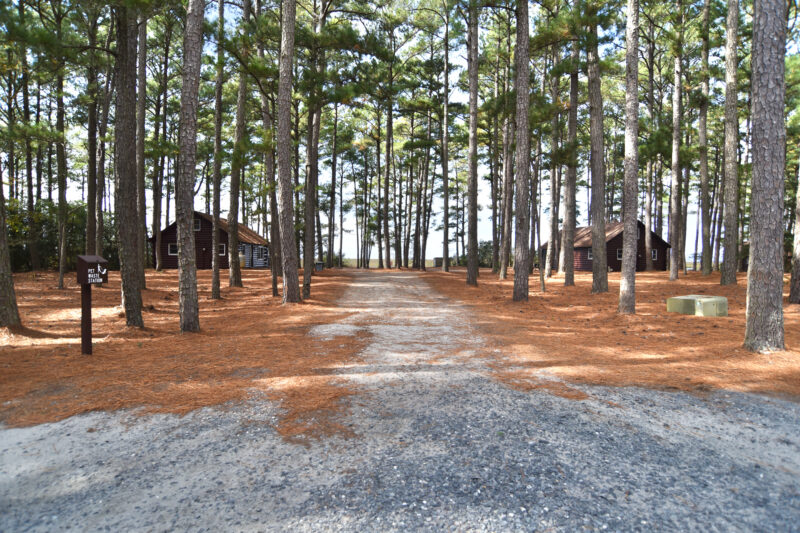
4. Janes Island State Park
A paradise for beachcombers and paddlers, the bulk of Janes Island State Park consists of salt marsh tufted barrier islands surrounded by the Tangier Sound. More than 30 miles of paddling trails traverse the park, offering access to secluded beaches and a handful of offshore campsites. Canoes, kayaks, and stand-up boards are available to rent on weekends.
For landlubbers, the mainland portion of the park has plenty of appeal, with walking trails, boat launches, an on-site nature center, and a strategically-situated observation tower for birders and photographers. For anglers, the bulkhead edging the Daugherty Creek Canal is a license-free fishing area, and an ideal place to drop a hand-line baited for the Bay’s iconic blue crabs.
Like most of the Bay’s islands, the park has a storied past. While the first documented inhabitants were the Annemessex, a band of the Pocomoke people, European colonists eventually noticed the island. By the mid-1800s, the portion of the Tangier Sound cradling Janes Island had a reputation for being especially rich in oysters.
Visitors can spend a few days tapping into the local history at the park’s sizable campground, or three offshore, paddle-in campsites. For RVers, nearly half of the campground’s pine-shaded sites are equipped with electric hookups, and there are three bathhouses with shower facilities.
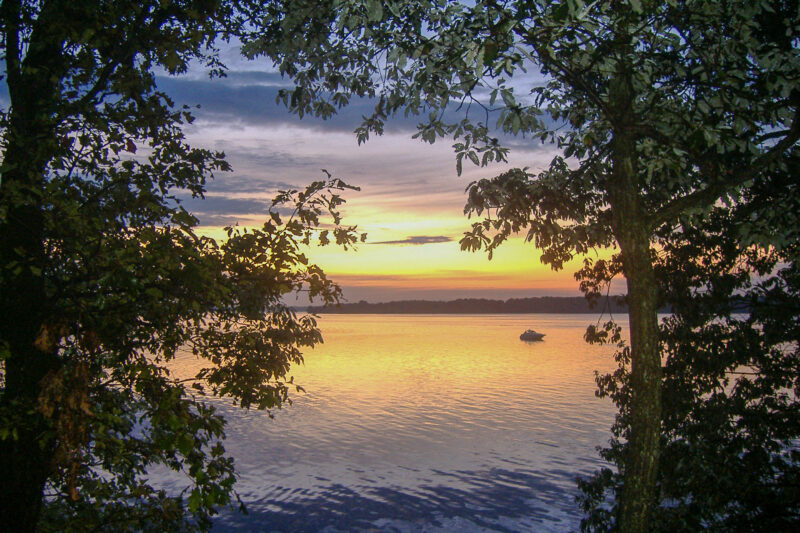
5. Elk Neck State Park
Perched at the top of the Chesapeake Bay, Elk Neck State Park covers an eponymous peninsula bounded by the Bay and the Elk River. The headland has lured vacationers for more than a century, once sprinkled with summer retreats and hunting camps constructed by affluent locals. Land for the park was first acquired in the 1930s, and the Civilian Conservation Corps was tasked with constructing the original infrastructure. Today, the protected area is divided into four separate sections, offering a plethora of activities for outdoor lovers.
The peninsula is etched with more than 7 miles of trails, open to hikers and bikers. For swimmers and paddlers, the park’s North East Beach Area features a swimming beach and a boat launch on the Chesapeake Bay, while the Rogues Harbor Boat Launch offers access to the Elk River. The southern portion of the park is overshadowed by the Turkey Point Lighthouse—built in 1830, the bayside beacon was staffed by more female keepers than any of the 74 lighthouses scattered around the Chesapeake Bay.
The final section of the park is the Elk River Camping Area. Featuring more than 250 campsites spread over eight loops, the campground caters to RVs at the Northeast Camping Loop, offering 28 sites with full hookups, and the Chester Camping Loop, offering 19 sites with electric hookups.
